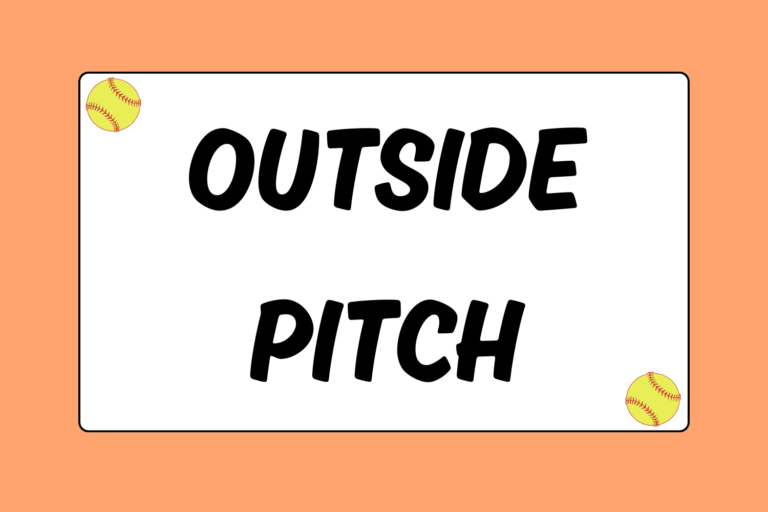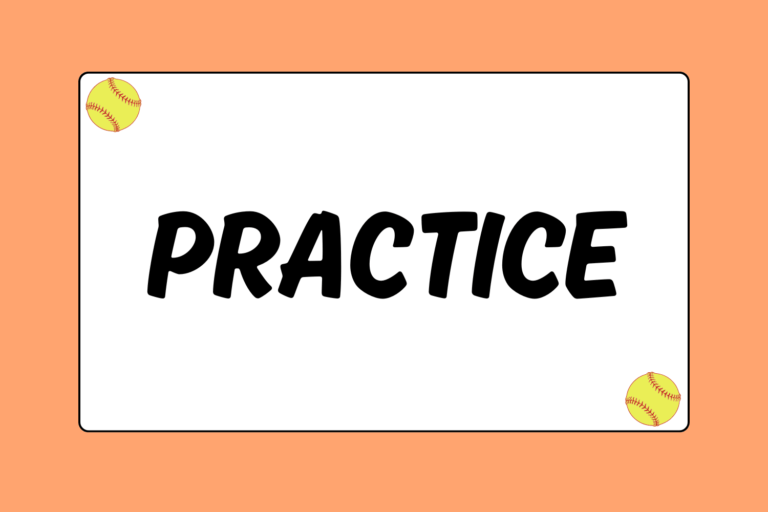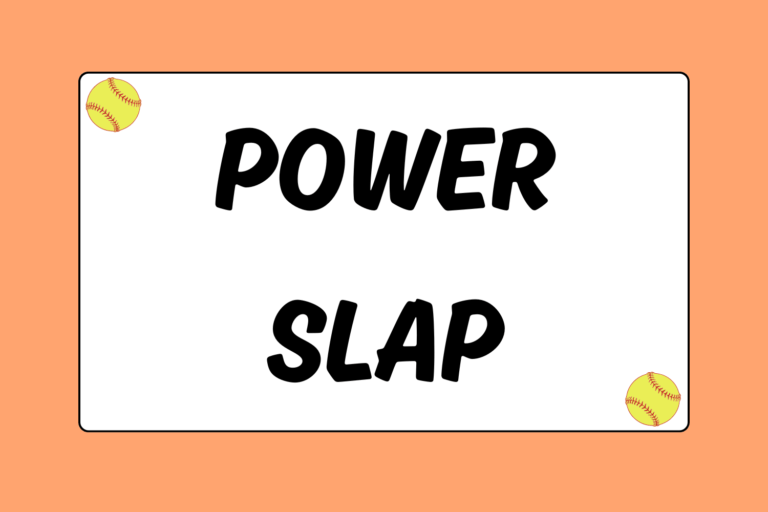The soft slap is a hitting technique that’s performed just as its name infers — softly. In fact, it is often indistinguishable from a hard bunt! Because of its simplicity, many slappers learn the soft slap as they are being introduced to the footwork and timing of a regular slap.
For a normal slap, the goal is to pound the ball into the ground through the 5-6 hole, then follow through and running to first base. With a soft slap, on the other hand, the batter simply throws her hands at the ball; at the first hint of contact, she drops her bat and runs. If you are interested in learning the soft slap, keep reading! The rest of this softball guide breaks down exactly what it is and how it differs from any other slap.
The Same Footwork
When slapping, you won’t usually change your footwork (unless you have a special power slap). It’s the consistency of the feet inherent in the slap technique that throws off the defense, and the soft slap is no different. Whether you have a two-step approach or three-step approach for your regular slap, you’ll use the same footwork for the soft slap.
A Softer Swing
Unlike the footwork, the soft slap swing is slightly altered. For a regular slap, you pound the ball into the ground and follow-through; the soft slap does only half of that. You will still have a downward swing, but you are essentially aiming to only “meet” the ball with your bat:
- Rather than putting force behind a downward swing with the intention of getting the ball to bounce, simply throw your hands at the ball in a downward motion.
- Once your bat meets the ball, immediately drop your bat and run to first base.
That lack of power is the biggest difference between a soft slap and regular slap. A soft slap should never result in a high bounce like it does with a regular slap. Instead, the ball should dribble off your bat with little or no bounce at all.
Like the regular slap, though, you still want to push the ball away from you toward the 5-6 hole.
Hot Tip: Beat the Inside Pitches & Change-ups
If your coach gives you the signal for a soft slap, but the pitcher throws a change-up or screw ball (inside pitch), try to bunt it! It is a lot easier to drag an inside pitch down the line than it is to stop your feet mid-motion, or to try and push an inside pitch away from you.
If you soft slap an inside pitch and pull it, the ball will probably be hit hard enough that the first or second baseman will have an easy out at first base. If you bunt, however, you’ll force the corners to charge the ball, while you run safely to first.
Get Moving!
The force of the hit may be similar to a bunt, but a soft slap is still quite different. For a bunt, it’s usually the third or first baseman that will charge the ball and field it. But for a soft slap, you are still aiming for the 5-6 hole. Ideally, the hit will go past the third baseman, causing the shortstop to charge it. And since it takes a lot longer for a shortstop to charge the ball than it does for any corner, a soft slap should ensure a base hit every time!





